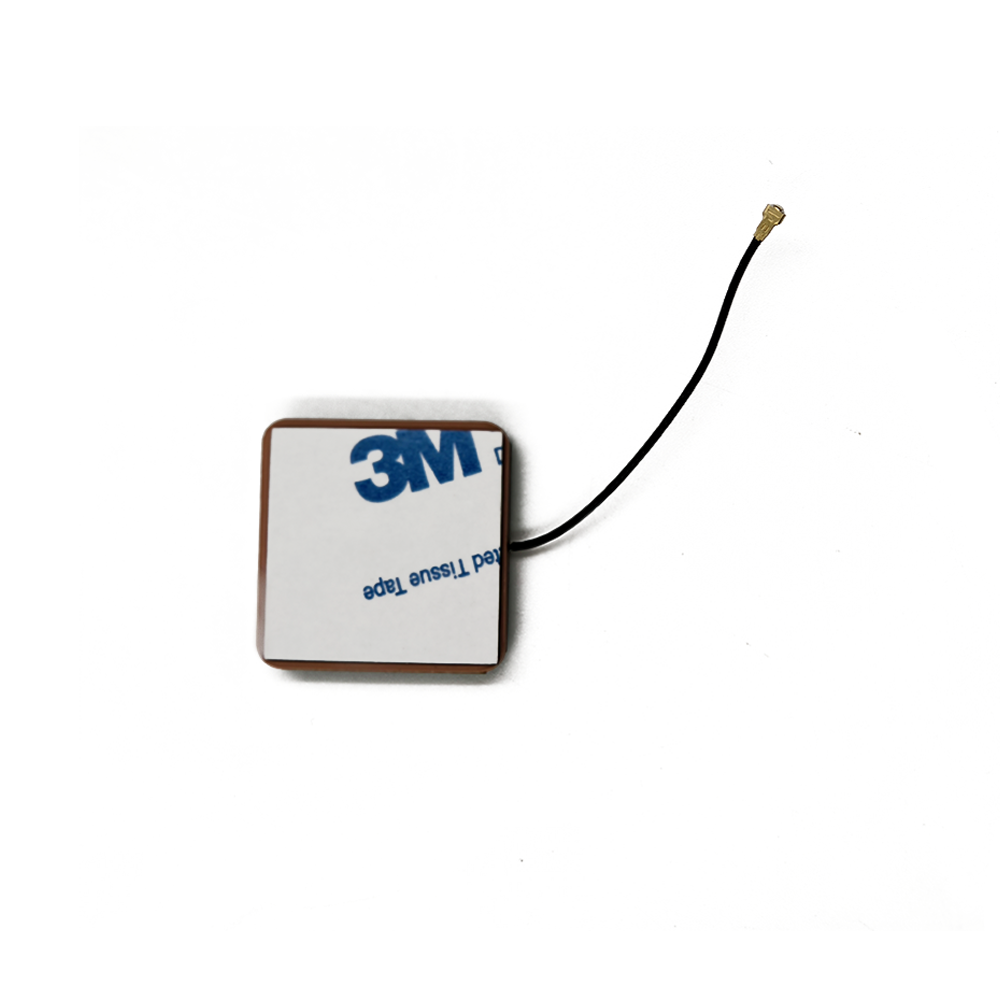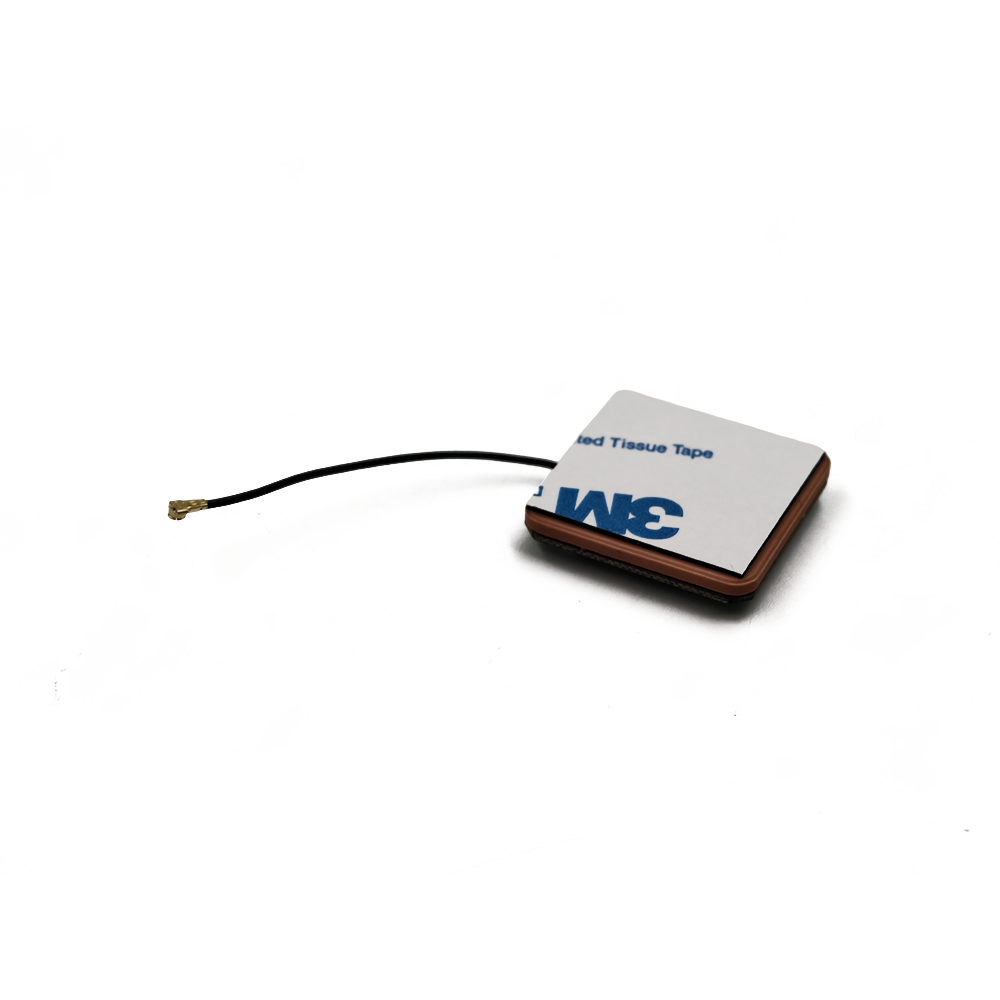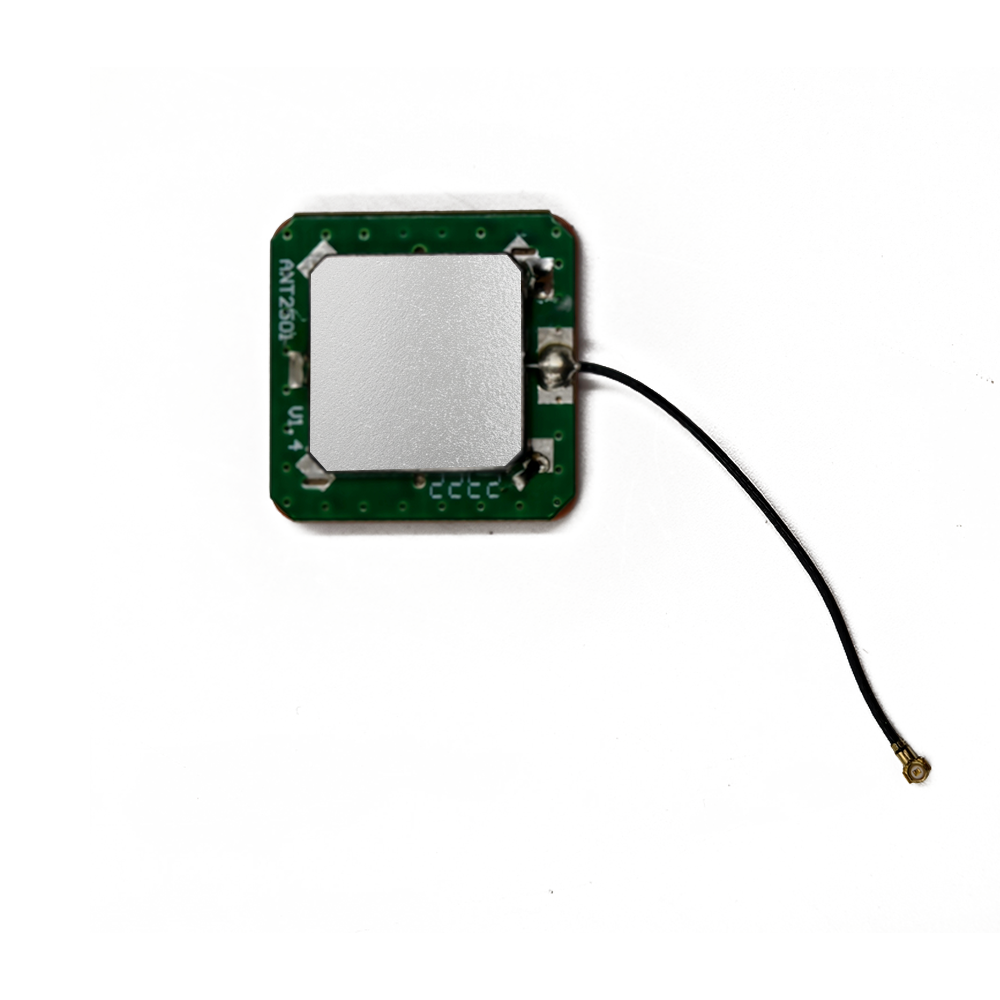The applications for embedded active GNSS ceramic antenna systems are vast and continually expanding, driven by the global demand for location intelligence. Their unique blend of small size, robust performance, and reliability has made them the enabling technology for a myriad of devices across diverse industries. Concurrently, ongoing research and development are pushing the boundaries of their capabilities, shaping exciting future trends.
Current Applications:
Consumer Electronics: This is the highest-volume market.
Smartphones and Tablets: Essential for navigation, location-based services, geotagging, and emergency location (e.g., E911).
Wearables: Smartwatches and fitness trackers use GNSS for tracking runs, cycles, and hikes without requiring a paired phone.
Cameras and Drones: Drones rely on GNSS for stabilization, autonomous flight, and return-to-home functions. Action cameras use it for geotagging photos and videos.
Personal Trackers: Used for tracking children, pets, and valuable assets.
Automotive and Telematics:
In-Vehicle Infotainment (IVI) and Navigation Systems: Providing turn-by-turn navigation and traffic information.
Telematics Control Units (TCUs): Black boxes for usage-based insurance, fleet management, stolen vehicle recovery, and predictive maintenance. They track vehicle location, speed, and driving behavior.
Advanced Driver-Assistance Systems (ADAS) and Autonomous Vehicles: GNSS is a critical sensor for ADAS features like adaptive cruise control and for providing absolute position and time to autonomous driving systems, often fused with inertial sensors and camera data.
Internet of Things (IoT) and Machine-to-Machine (M2M):
Asset Tracking: Monitoring the location of shipping containers, pallets, and high-value goods across global supply chains.
Agricultural Technology (AgriTech): Precision farming equipment uses GNSS for guided steering, variable rate application of seeds/fertilizers, and field mapping.
Smart City Infrastructure: Timing synchronization for networks, monitoring of infrastructure, and smart utility meters.
Micro-Mobility: E-scooters and e-bikes use GNSS for tracking location for rental services, implementing geofencing, and preventing theft.
Future Trends:
Multi-Band and Multi-Constellation Becomes Standard: The future is unquestionably multi-frequency (L1 + L5/E5a) and multi-constellation (GPS, Galileo, GLONASS, BeiDou). This trend is driven by the demand for centimeter-level accuracy using Real-Time Kinematic (RTK) and Precise Point Positioning (PPP) techniques, which require dual-frequency measurements to correct for ionospheric delay. Ceramic antennas are evolving to support these wider bandwidths efficiently.
Antenna Diversity and Advanced Receivers: To combat signal blockage in challenging environments, systems will increasingly use two or more antennas (diversity). This allows the receiver to select the antenna with the strongest signal or even combine signals to improve robustness. More advanced systems may use phased arrays to enable directional "beamforming," actively steering the antenna's gain pattern towards visible satellites.
Tighter Integration with Other RF Systems (AiP): Antenna-in-Package (AiP) technology is a growing trend where the antenna is integrated directly into the package of the GNSS receiver chip or a larger RF module that includes cellular and Wi-Fi. This further reduces size, simplifies design for OEMs, and can improve performance by minimizing transmission line losses. This represents the next step in miniaturization and integration beyond the current embedded-on-PCB approach.
Enhanced Interference Mitigation and Resilience: As the RF environment becomes more congested, both from legitimate sources and from malicious jamming/spoofing, future active antennas will incorporate more sophisticated on-board interference detection and mitigation techniques. This could involve adaptive filtering or even collaborative filtering with other radios in the device.
Focus on Low-Power Operation for IoT: For battery-powered IoT devices that need to last for years on a single charge, power consumption is paramount. Future LNAs and active antenna systems will be optimized for ultra-low power consumption, potentially incorporating duty-cycling features where the amplifier is only powered when a signal is expected to be processed.
Materials and Simulation Advancements: Research into new ceramic and substrate materials with more stable temperature properties and even higher dielectric constants will continue to push the limits of miniaturization and performance. Furthermore, advancements in 3D electromagnetic simulation software will allow designers to more accurately predict antenna performance within the complete device environment before physical prototyping, reducing development time and cost.
The trajectory is clear: embedded active GNSS ceramic antenna systems will become even more performant, more integrated, more intelligent, and more essential. They will be a foundational technology enabling the next generation of autonomous systems, ubiquitous IoT, and high-precision applications that we are only beginning to imagine.
Conclusion
The embedded active GNSS ceramic antenna system is a masterpiece of modern engineering, a testament to the incredible innovation that occurs when the fields of materials science, electromagnetics, and semiconductor technology converge. It is a technology that often goes unnoticed, hidden within the sleek enclosures of our everyday devices, yet it performs the Herculean task of bridging the vast gulf between Earth and space. By capturing faint whispers from satellites orbiting over 20,000 kilometers away and amplifying them into a clear signal, this subsystem serves as the critical gateway for the positioning, navigation, and timing data that underpins our modern world.
As we have explored, its development is a complex balancing act. The choice of ceramic material dictates a trade-off between the paramount need for miniaturization and the essential requirements of bandwidth and efficiency. The integration of a low-noise amplifier and sophisticated filtering is what transforms a simple radiator into a high-performance system, capable of operating in the spectrally hostile environment of a multi-radio device. However, this integration comes with its own set of challenges, primarily its profound dependence on the host device's design—the size of its ground plane, the placement of noisy components, and the material of its casing all play a decisive role in ultimate performance.
Despite these challenges, its advantages are overwhelming for a vast range of applications. The ability to provide robust, high-sensitivity GNSS reception in an incredibly small, reliable, and cost-effective surface-mount package has been the key enabler for the proliferation of location awareness. From the smartphone in your hand and the wearable on your wrist to the telematics unit in your car and the tracker on a shipping container, this technology is silently at work, providing the invaluable data of "where" and "when."
Looking forward, the evolution of this technology is aligned with the demands for higher precision, greater reliability, and deeper integration. The shift towards multi-band, multi-constellation support, the exploration of antenna diversity and AiP, and the continuous battle against interference and jamming are not mere incremental improvements but necessary steps to support future autonomous systems and the ever-expanding IoT universe.
In conclusion, the embedded active GNSS ceramic antenna is far more than a simple component. It is a sophisticated, essential, and enabling subsystem. It has moved from being a specialty RF item to a commoditized yet highly advanced piece of technology that is fundamental to the功能 (function) and form of contemporary electronic devices. Its continued development will remain at the forefront of the effort to make our world more connected, efficient, and intelligent, one precise location at a time.




































































 Language
Language
 En
En Cn
Cn Korean
Korean

 Home >
Home > 







 18665803017 (Macro)
18665803017 (Macro)













